Global supply shortages are a dilemma that is all too real for many manufacturers today. While the COVID-19 pandemic is the undisputed root of the supply chain crisis, the fallout from changes in supply and demand have provided opportunities for some companies and a final death blow to others. Today’s supply chain challenges can be boiled down to these four causes:
1. Increased Demand: Demand continues to be higher for many products than one year ago. Demand started to increase at the tail end of 2020 as global economies opened back up. Parts of the world were hit with second and third waves of COVID variants, but economies did not shut down as they did in 1Q and 2Q 2020. As of today, demand is the same or slightly higher than prior to the pandemic.
2. Supply: In 1Q and 2Q 2020, most suppliers saw orders and demand drop considerably. Not knowing how long the pandemic was going to last, companies quickly responded by reducing their inventories to very low levels to conserve cash. Once demand started to pick up, turning on production was not that easy.
3. Manpower: A sudden drop in demand in 1Q & 2Q 2020 resulted in people being furloughed or laid off. When demand started to pick up, companies were not able to get the manpower needed to produce enough product to meet it. The workforce was presented with a myriad of issues to deal with: Fear of contracting COVID-19 in the workplace, managing a household that now doubled as a classroom for remote learning, slowdowns when the workplace dealt with quarantine protocols, among a few. Legions of employees decided to permanently work remotely, retire or seek new fields of employment, while additional federal unemployment assistance made it less attractive for some to come back to work altogether.
4. Logistics: When demand plunged, many containers, cargo ships were removed from the supply chain. Logistics companies experienced the same manpower and supply issues facing manufacturers, thus preventing them from jumping back into action once demand returned. The ports lack enough longshoreman to offload containers once they arrived at the port. The number of truck drivers needed to move materials, parts and products throughout the country is said to be up to double the current amount.
Today’s reality is that companies overall are working hard to find and retain workers, avoid out-of-stocks, excessive lead times, and surprise price increases. Customers are dealing with creeping inflation and higher prices for about every product/commodity produced, including food.
So, what is the outlook for molded parts production? Predictions for when the shortage and pricing pressures will subside vary greatly. Most mention the first half of 2023, but Molded Dimensions isn’t sitting by as the market corrects course. We are investing in the people and equipment necessary to increase production and reduce lead time. This includes addressing increased raw material costs, strengthening our ties with our global supply chain and hiring and retaining our skilled employees.
One thing everyone can agree on is that the lessons learned from this most-recent worldwide pandemic are yet to be fully written, but our focus now is to help our customers recover and thrive in today’s economy.




